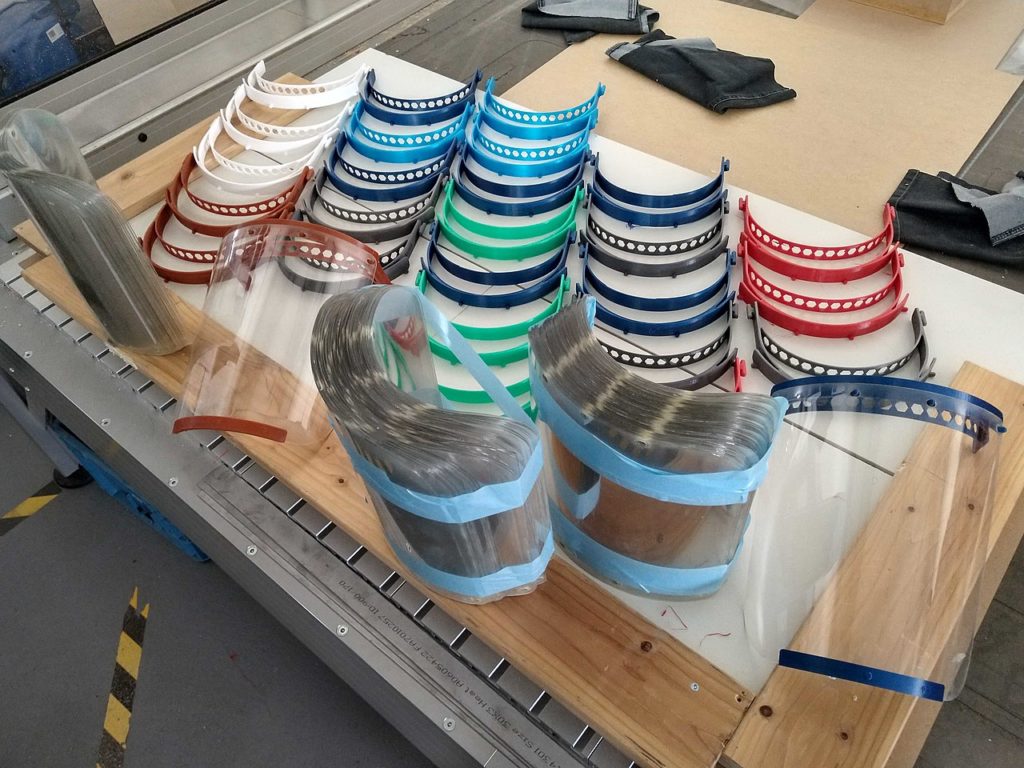The challenges of COVID-19 have been a unique learning opportunity for businesses and individuals alike. As the world scrambled to react to the outbreak, it highlighted both the strengths and shortcomings of modern industry. When companies reemerge from the pandemic, they will do so with new knowledge and experience.
The additive manufacturing industry is no exception. In some ways, 3D printing companies proved how they were better-equipped to take on the pandemic than anyone else. In others, the industry fell victim to some of the same shortcomings.
Here’s a glimpse at what the 3D printing industry has learned through the pandemic.
Acting Carefully Is Better Than Acting Quickly
Amid the chaos of the COVID-19 pandemic, quick responses were essential, especially in the medical field. As it happens, one of additive manufacturing’s greatest strengths is the sheer speed of its production. Companies rushed to print respirator parts and face masks, but didn’t always end up being helpful in their haste.
Manufacturers soon learned that not all masks were effective at hindering the virus’s spread. As a result, many printers ended up producing equipment that was all but useless, so their production speed didn’t matter. In this case, it was better to pause and learn all the details of what people needed before rushing to meet perceived demand.
Manufacturers Must Be Able to Adapt
If 3D printing companies are going to meet demand consistently, they need to be flexible. The coronavirus outbreak has proved that demand, especially when based on need, can change in an instant. As scientists learned more about the virus and how to treat it, 3D printing’s role in fighting it had to adjust.
Additive manufacturers learned that producing face shields was more helpful than printing masks in many cases. In response to new information, they had to adjust their operations to aid health care workers the best they could. Given today’s notoriously fickle markets, the ability to adapt will prove useful after the pandemic as well.
Flexibility Is Important Within the Supply Chain
The pandemic has highlighted how production isn’t the only area where manufacturers need to be flexible. Unforeseen circumstances like limited employee availability and travel restrictions cause disruptions throughout the supply chain. If 3D printing businesses are to take advantage of their speed and flexibility, their logistics chains should also be adaptable.
Companies can improve warehouse efficiency through steps like tracking inventory with radio frequency identification (RFID) tags and organizing workstations. The increased efficiency will make it easier to adapt to changing circumstances, which manufacturers need to be ready for. If businesses aren’t equipped to adjust their supply chains, global changes will affect them to a higher degree.
Collaboration Is Essential
Combining efforts is critical for survival in times of crisis for both individuals and companies. Many businesses adopted a collaborative approach throughout the pandemic, as seen in the rise of open-source designs that circulated through the industry. As the challenges of COVID-19 start to fade, 3D printing companies should hold on to this spirit of collaboration.
The industry has learned that working with partners outside of the company drives innovation. The combined efforts of two businesses typically produce a more valuable product or service than either could make alone. Through collaboration, additive manufacturers can bring further innovation to an already innovative industry.
Moving Forward After the Pandemic
The COVID-19 pandemic is not over, and it’s challenging to say when it will end. Whenever the crisis does subside, the 3D printing industry will emerge stronger than it went into it. That’s not to say that these circumstances have been entirely favorable, but rather that they present valuable learning opportunities.
Additive manufacturers can take what they’ve learned from the pandemic and apply it to post-COVID business. Instead of going back to normal, the industry has an opportunity to move forward.
